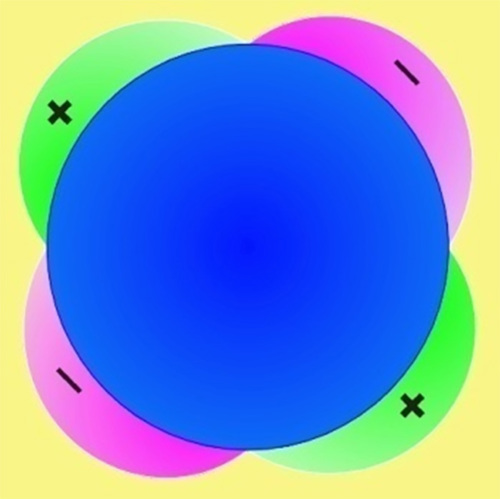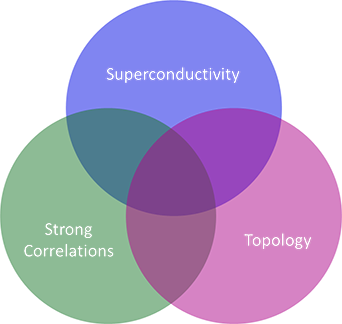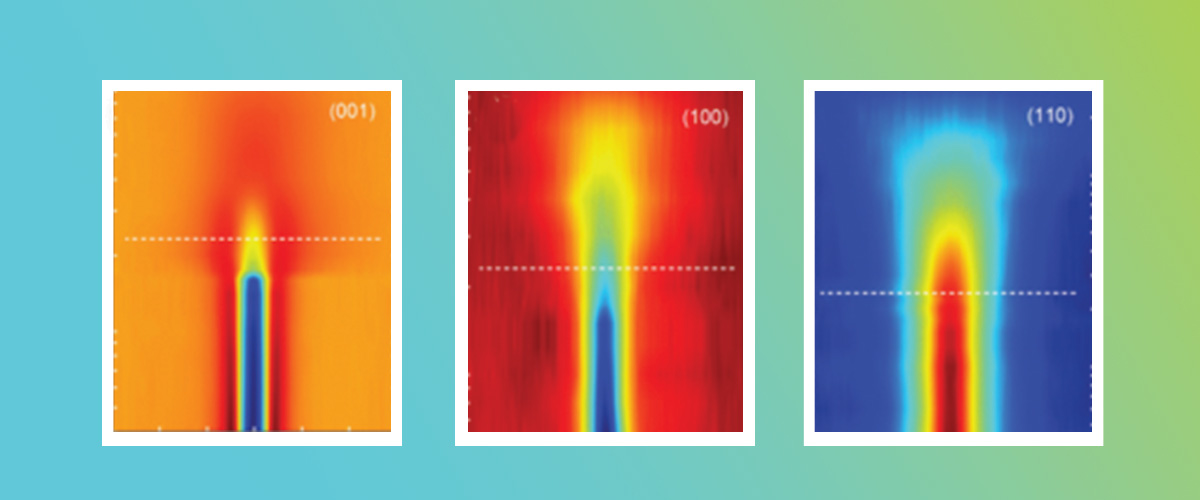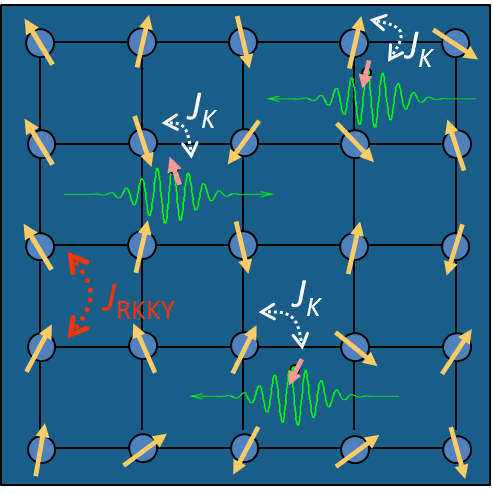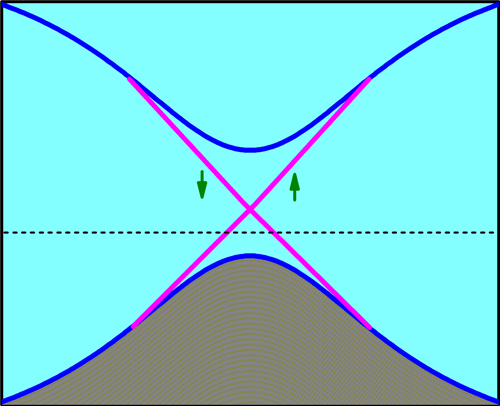The exact spectroscopic nature of some complex superconducting states could be unraveled by planar tunneling spectroscopy, including the inhomogeneous phase of CeCoIn5 at low temperature and high magnetic field.
Some novel/unconventional superconductors are known to have complex order parameters, understanding whose microscopic structure and nature is a challenging but essential goal to be achieved for the advancement of fundamental physics and their applications as well. CeCoIn5, considered as Rosetta stone for the Kondo lattice heavy fermion physics, has provided ample avenues for the study of novel phenomena in both superconducting and normal states. Its superconducting order parameter is known to have d-wave symmetry, whose phase-sensitive proof is still lacking. Point-Contact Spectroscopy (PTS) on this material is expected to provide such evidence via detection of Andreev bound states on sign-changing surfaces. At very low temperature and under high magnetic field, the PTS study could also unravel the exact spectroscopic nature of the inhomogeneous superconducting phases, originally thought as the long-sought Fulde-Ferrell-Larkin-Ovchinnikov (FFLO) phases but recently found to be even more complicated. PTS applied on other exotic superconductors is expected to bring new insights on their order parameters and pairing mechanisms. These include, but are not limited to, other heavy fermions, strontium ruthenate, and iron-based superconductors.
